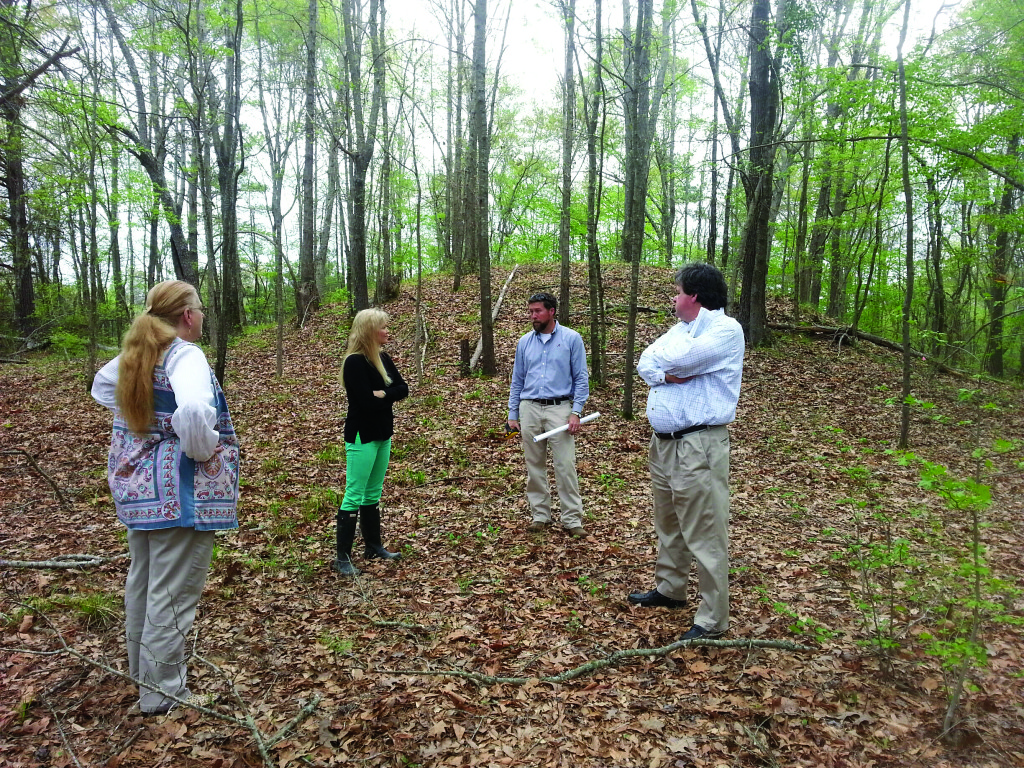The Black Warrior River Valley in west central Alabama is literally covered with prehistoric mound sites. The largest, most impressive and most well-known of these is the Moundville site, which sits on the Black Warrior River near the city of Tuscaloosa, Alabama. It is now an archaeological park administered by the University of Alabama Museums. The site consists of over 20 pyramidal mounds arranged around a large plaza. At one time a palisade surrounded it. The site was occupied from about A.D. 1000 to 1450, and for much of this time, it was the dominant social and political center of the region.
It took many years for Moundville to rise to prominence, and many years for it to decline. Archaeologists have tried to clarify the chronology of the construction and use of the mounds at Moundville, and while there is much that remains that is poorly understood, most researchers agree that before the construction of the largest mounds at Moundville, it was first a small regional mound site with only one or two small mounds.
There were other small, single-mound sites in the area during what is referred to as the Moundville I phase, approximately 1050-1250 A.D. One of these nearby early mound sites is the Conservancy’s most recent Southeast preserve. Because it was once on the property of an asphalt company, it is sometimes referred to as the Asphalt Company Mound.
Summary. Read full text in American Archaeology, Fall 2015 | Vol. 19 No. 3




